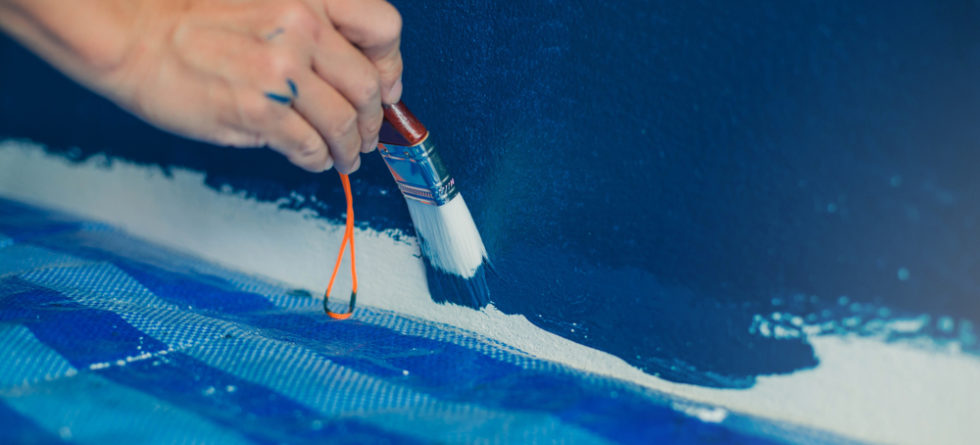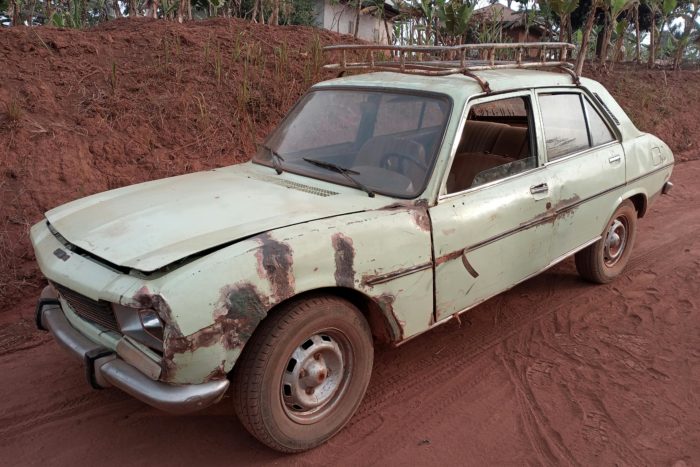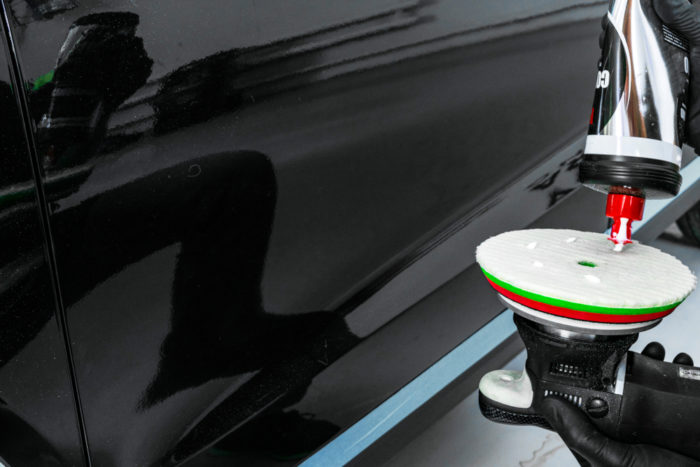Can You Paint A Car With A Brush Or Roller?

Yes, you can paint a car with a brush or roller, but this method is generally not recommended if you’re seeking a professional-looking finish. Painting a car with a brush or roller is a very budget-friendly and DIY approach that has been used in certain situations, especially for utility vehicles, race cars in grassroots motorsports, or when a temporary, non-professional finish is acceptable.
Here are some considerations and outcomes if you decide to go this route…
Pros
- Cost-Effective – This method requires minimal investment in tools and equipment compared to spray painting.
- Simplicity – It’s a straightforward approach that doesn’t require specialized painting skills or equipment.
- Low Risk – You don’t need a dust-free environment as critically as with spray painting, reducing the risk of contaminants in the paint.
Cons
- Finish Quality – It’s challenging to achieve a smooth, even finish with a brush or roller. Brush strokes and roller marks are likely to be visible, making the finish appear amateurish.
- Time-Consuming – Achieving even a reasonably acceptable finish requires a lot of time and effort in application and sanding between coats.
- Durability – Paint applied with a brush or roller may not be as durable as a sprayed finish, potentially leading to earlier degradation or the need for more frequent touch-ups.
Tips for Better Results
- Preparation – As with any paint job, thorough preparation of the vehicle’s surface is critical. This includes cleaning, sanding, and priming the car beforehand.
- Quality Materials – Use high-quality brushes, rollers, and paint. Some types of rollers are designed to leave a smoother finish than others, and foam brushes can minimize brush marks.
- Thin Coats – Apply several thin coats rather than a few thick ones. This helps in reducing visible brush or roller marks and ensures better drying and curing of the paint.
- Wet Sanding – Between coats, wet sanding the paint can help smooth out imperfections and improve the overall finish.
Practical Applications
- Utility or Beater Cars – For vehicles where aesthetics are not a primary concern, brush or roller painting can be a practical solution.
- Artistic or Custom Projects – Some choose this method for artistic projects or custom designs where the texture can be part of the aesthetic appeal.
Conclusion
While painting a car with a brush or roller is possible and might serve specific purposes or budgets, have realistic expectations about the outcome. This method is best suited for vehicles where a perfect finish is not the goal, or for those willing to experiment with their DIY skills on less critical projects. For a smooth, durable, and professional appearance, traditional spray painting, either DIY with the proper equipment or professionally done, is the better choice.





